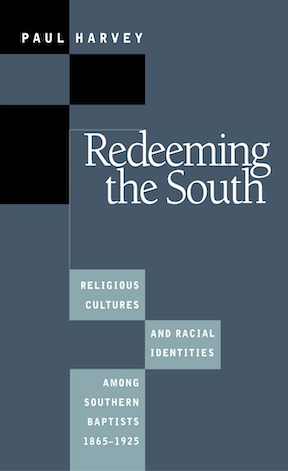Redeeming My Own Work
Paul Harvey
October 14, 2025
I never planned to be an “American religious historian.” I had determined to be a southern historian, in the model of my graduate school mentor, Leon Litwack, and a cultural historian in the model of my other mentor Lawrence Levine. My intent was to write histories of the South in which “the South” and “Southerner” were not stand-ins for “white people,” with African-American history as a separate and distinct category. Eventually I stumbled onto a topic and discovered that religious history would be a good way to go about doing that. So I spent a year and a half wandering around the country in a vintage 1970s gas-guzzling automobile that lacked power steering, archive-hopping, piling up handwritten index cards and waiting for them to arrange themselves into the form of a dissertation.
That of course never happened; what happened instead was a dissertation that was, to quote a certain Bible verse, without form and void. More importantly, I later sensed that the book that came out of this (Redeeming the South) had failed because I had reproduced the very kind of scholarship and thinking that I wanted to overturn. The very organization of the first book’s chapters (alternating “white” and “black” chapters) compelled me to reproduce what I sought to erase. Partly that was because of the nature of historical archives, how they are organized, where you go to find things, and what questions your archival materials do and do not answer. In the 1980s a French history graduate school professor spoke caustically in class one day about “the cult of the archive,” and I did not know what she meant. Now I do. And of course (to be fair to myself) since then an entire literature about the construction of archives, their inclusions and omissions (both deliberate and unconscious), has emerged, and I now try to teach students about that. (A recent favorite of mine in this vein is Yael Sternhell’s War on Record [Yale University Press, 2023], a book that tells the history of the compilation of the Official Records of the Union and Confederate Armies, the primary source for all Civil War scholars, but a “source” that was deliberately constructed in certain ways that have forever imprinted themselves in Civil War histories).
Further, I was guided by questions of historiography that now seem musty, and had not even conceived of how to ask questions more in the religious studies mode. “Who were the southern Progressives?” That was once a hot topic, believe it or not, and I suggested some answers. Now I would answer, “who cares?” What did it mean that southern churchpeople (both whites and blacks) used the language of “scientific management,” and pursued similar programs of reform and uplift. “The woods are full of Baptists, and we are coming out of the woods,” one of them said. How did these people respond to World War One? How did they build denominational organizations out of the rubble of the Civil War? And so on. These seemed interesting inquiries at the time; they don’t now.
In that pre-digital era, I had my head buried in the microfilm machine for so long, and was so worried to address particular historical questions then dominant in historiography, that I missed many opportunities to move the conversation in other directions. It has been my great fortune since to have received responses, and sometimes stinging criticisms, that have compelled me to rethink my questions and approaches. Responding to them, and figuring out how to teach students, basically compelled me to reorient my entire intellectual life and career. Just last year an excellent article in Church History by William Stell (“Guess Who’s Coming to Church”) took me and others to task—correctly so—for leaving certain notions of “racial transcendence” in religious settings “uninterrogated.” He’s referring there to passages I wrote in the late 1990s, which might as well be ancient history in terms of how differently I think about America’s racialized history now as opposed to then.
Another such review (of my second book) made such fruitful suggestions for sources and materials that I could have but did not consider, that we ended up in an email dialogue that became a friendship and ended up later becoming the co-authored book The Color of Christ (University of North Carolina Press, 2012). That book itself received a lengthy (twenty-five) page review in a journal of Mormon studies which took issue with one very particular point we had made (about one piece of art important in LDS history), and showed how the deeper history behind it would lead to a different understanding of that object—a case study in how “history is infinite,” as I like to say in class to students. No matter how many turtles you uncover, it’s turtles all the way down, and there are others below yours that you either cannot or did not see.
More recently, I did something that I spent my entire career saying I had no interest in doing: writing a biography. Actually, two biographies, the first of which (about Howard Thurman) turns out to be the project I feel most emotionally close to and invested in of everything I have done in my career. Maybe that’s because I had a weirdly religious moment sitting on my front porch, reading his autobiography, and being overcome with the sense that I simply must write about him—Thurman would tell me that was a moment of spiritual insight that comes from meditation and reflection; I might also attribute it to a healthy glass of Cabernet Sauvignon while reading. Maybe it’s because Thurman was basically a college professor for most of his life, and that’s a profession I understand. Maybe it’s because he grew up in a conservative and somewhat stifling church and found his way out of that into a life of thinking broadly about issues of religion—a familiar life pattern for scholars of American religious history. But mostly it’s because I wrote that during the first Trump administration, and pondering the life and words of Thurman were just balms to the soul. I don’t apologize for that, no matter what the shortcomings of that short biography are.
And a coda. Recently, in reviewing Thomas Tweed’s fascinating new textbook Religion in the Lands that Became America (Yale University Press, 2025), I concluded with the following words, referring to an introduction in which Tweed traces the very long evolution of this book through his career: “In the current-day academic ecological crisis of the bonfire of the humanities, one wonders how many future scholars will have the benefit of decades of time to produce such rich career-defining works.” I have not produced any career-defining work, but I’ve had the privilege to explore my interests as they have evolved, and as pushed and prodded by others. I mourn the fact that, in our mean-spirited and anti-intellectual present, in such a dark and foreboding time for the humanities in academia, so many younger scholars far more talented than myself will have no such chance.

